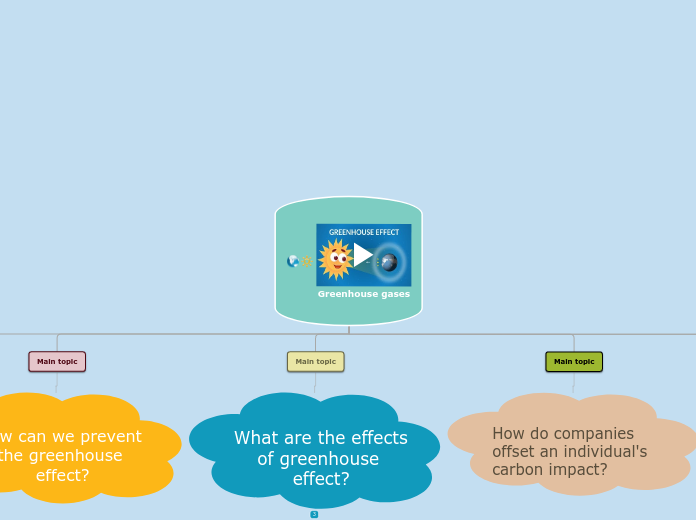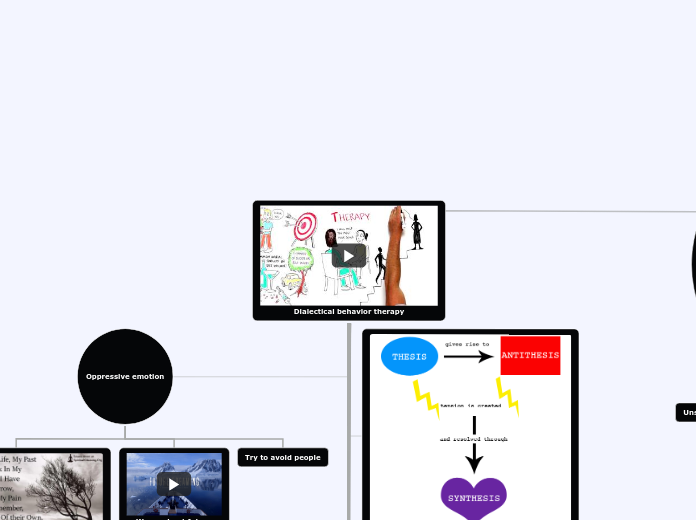a Bob Bobbinson 11 éve
548
Chapter 5
In a notable chapter of "The Great Gatsby," F. Scott Fitzgerald uses the weather and surroundings to mirror the characters' emotions. Gatsby's nervous anticipation of Daisy's arrival is reflected in the gloomy, rainy weather, symbolizing his inner turmoil and fear that she might not show up.









